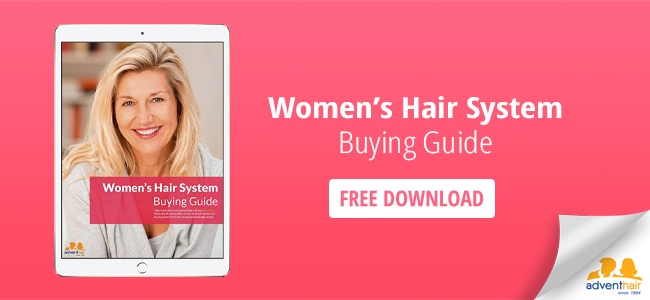Introduction
Read up on the latest products, techniques, and ways to take care of your hair system. You’ll get quick insights on how to maintain your system and extend its lifespan!
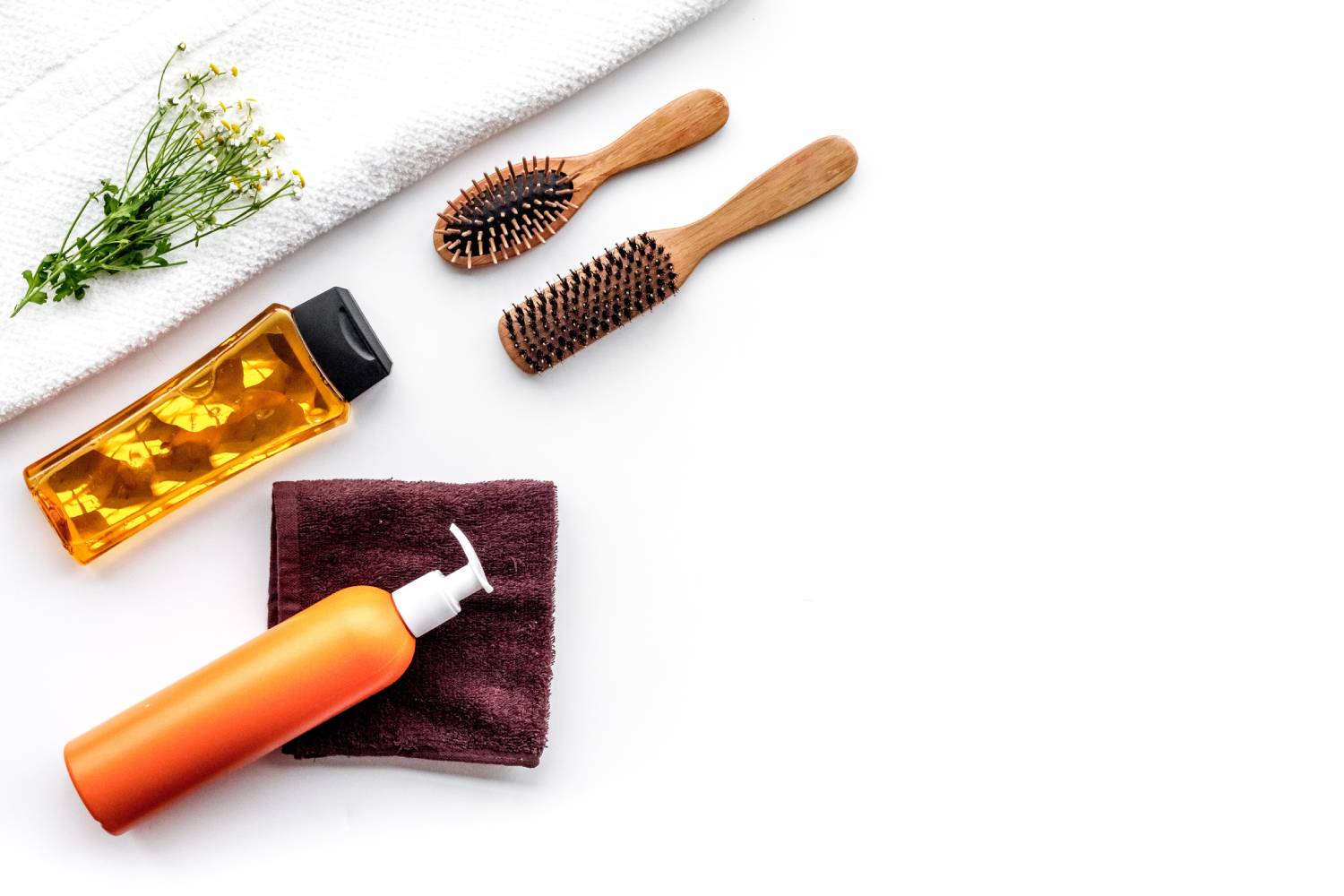
Hairpieces are valuable items. Not only from an economic point of view but from a personal point of view too. They instantly and drastically change the way we look and feel about ourselves. So it's only natural for every hair system wearer to eventually ask themselves: how long will this hair system last? Will it break down after a couple of uses? How do I maintain and take care of it? What’s its expected lifespan anyway? How can I maximize that lifespan?
An image is worth one thousand words, so it’s expected for you to want your hair system to look and feel like a million bucks! And of course you want it to stay that way for as long as possible. Well, with the correct care, you can dramatically extend your hair system’s lifespan.
After all, your hairpiece directly impacts the way you look, and the way you look instantly impacts the way you feel about yourself. If your hairpiece is clean, shiny and on point, chances are you’re going to feel much more confident about yourself than with a dull, brittle looking hairpiece.
Download Our Free Men's Buyers' Guide
Keeping your Hair System Soft!
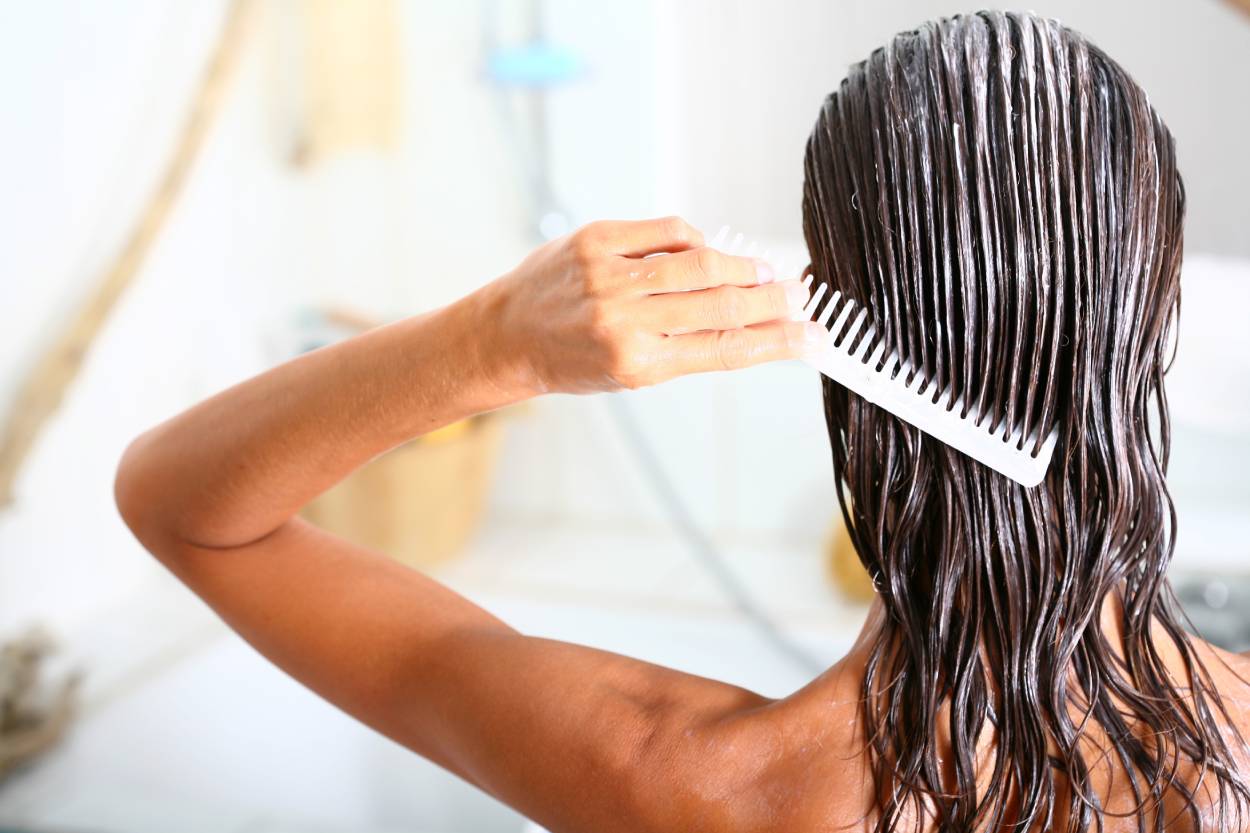
How many times have you dreamed of having elegant, beautiful, soft hair? For some people, accomplishing this result may seem impossible, but we’re glad to tell you that it can happen! Taking the correct care and maintenance of your hair will give you the results you’re wishing for.
The main concern that comes up when talking about hair softness is Sebum. Sebum is a natural oil that every person has, not just in their scalp but all over their body. It's produced and secreted by the sebaceous glands. This natural oil helps to maintain your hair's health and protects each hair strand. Unfortunately, hairpieces have barely or no sebum at all. Constant wearing, washing, and cleaning will dry out any sebum left on your hair system.
Shampoo: One of the most important ways to achieve the results you're looking for is to wash your hair correctly.
Avoid washing it with hot water, use warm to cold water instead. Don't over-wash your hair either. Over-washing can cause your hair system to dry out. We recommend washing two or three times a week.
Condition: Conditioning is key to having soft hair! After washing your hairpiece, apply the correct amount of conditioner from the top of your head to the bottom. Make sure to spread it evenly all over your hairpiece.
Say No to Tangles!
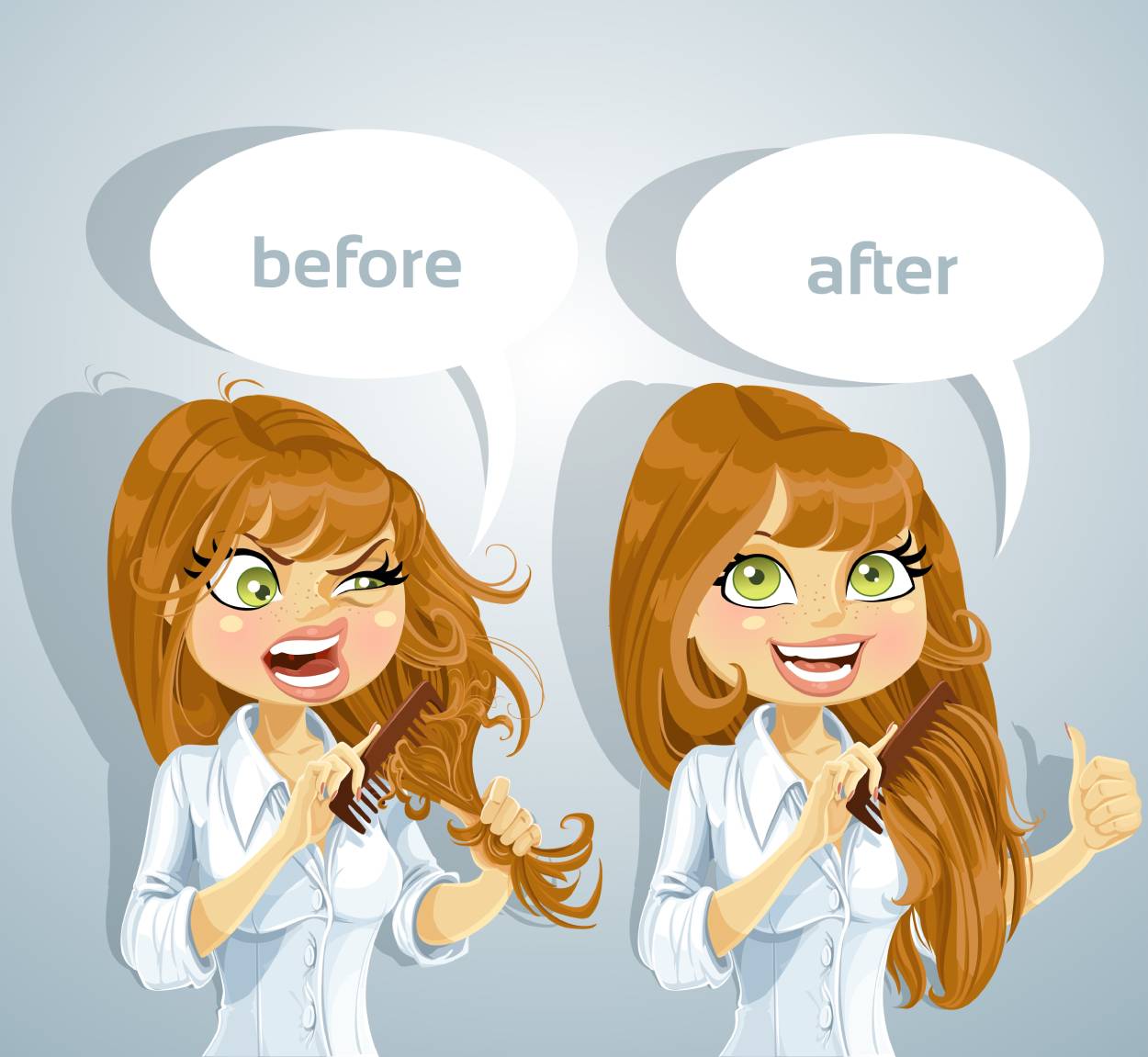
Tangles have no business being in your soft hair system! Nothing ruins your appearance more than tangles. But, don’t worry, there’s an easy way for you to say goodbye to those pesky knots.
Even though tangles are inevitable, knowing the causes and solutions to this problem will surely help you deal with them efficiently. Here are a couple of reasons those unwanted tangles show up and how you should take care of them:
Extremely Hot or Cold Water
When washing your hair, using excessively hot or cold water can cause your hair to lose its moisture and cause it to tangle. Try to use room temperature water.
FRICTION
This is one of the most common ways for tangles to show up on your hair piece. The friction from your hair rubbing on your pillow at night or with the collars of your shirts, jackets, and blouses can cause the cuticle of your hair to open, leading to excessive tangling. To prevent this, use silk or satin pillow cases instead of cotton ones. If tangling from excessive friction occurs, comb the tangles out immediately and gently with a wide tooth comb.
Washing your Hair System like a Pro!
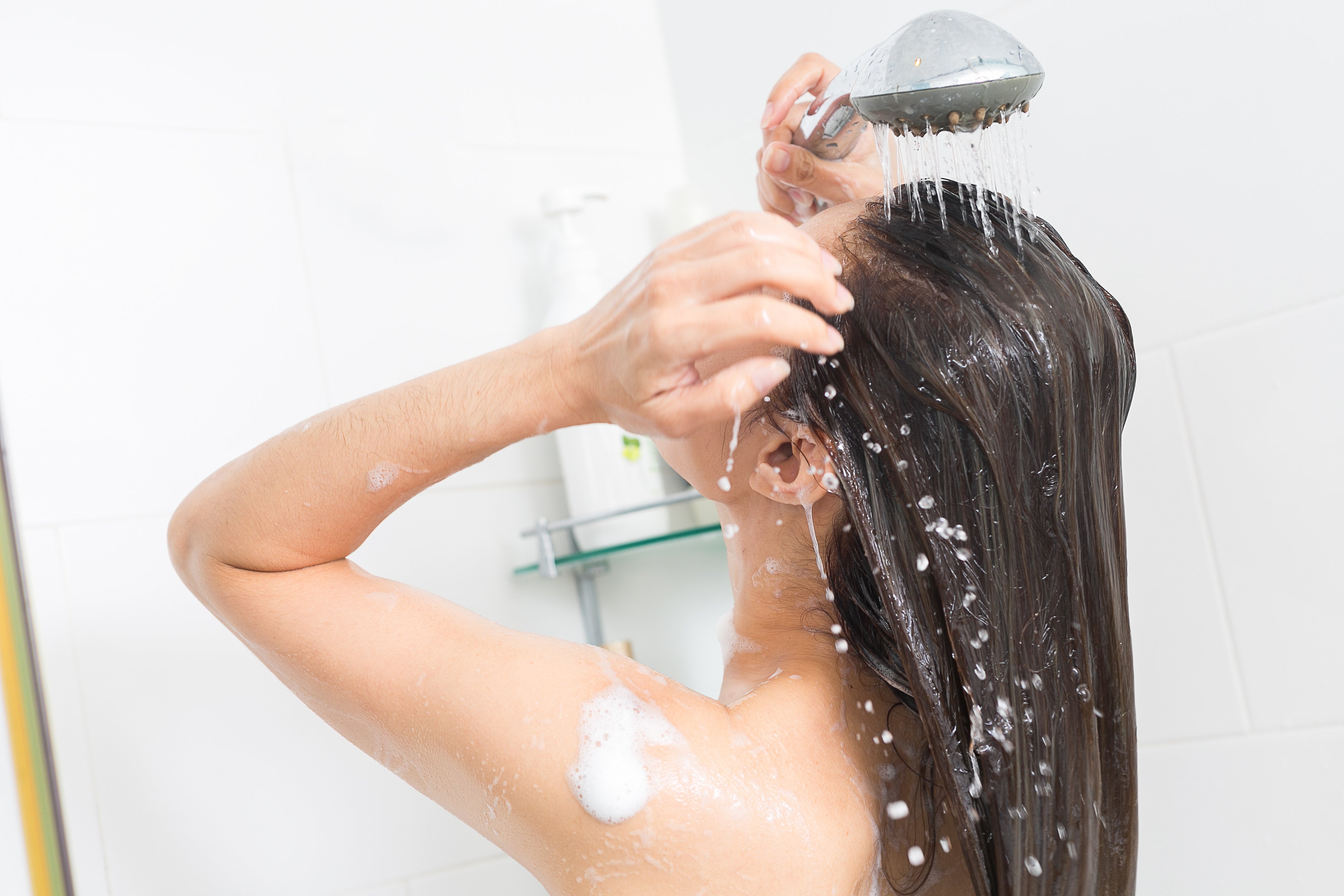
To get that soft, tangle-free hair you’re looking for, you have to nail down the proper washing method. Don’t worry, there’s no need to go to a hair salon or find a professional; the proper method is easy, efficient and effective, if you keep in mind a few things!
Shampooing and conditioning is a must! But choosing the right shampoo and conditioner is fundamental. Be careful and remember that we are talking about a hair system, not natural hair. We have to know when and how to clean it because if it’s not done correctly, you might damage your hair replacement.
Remember, hair systems shouldn't be washed too frequently. Once or twice a week is enough, any more can risk drying out the hair or causing tangles.
Download Our Free Women's Buyers' Guide
Limit the Amount of Hair Strand Loss!
Another important element of extending the lifespan of your hair system is limiting the number of strands of hair that fall out of your hairpiece. So, you may be asking yourself, “How do I avoid shedding?”
The first thing you need to know is the importance of knots to your hair system. Knots bond hair strands to the lace on your hairpiece, that’s their entire purpose. Ever been curious about how your hair system was made? When manufacturing hairpieces, each hair strand on the hair system is inserted into the lace base and then knotted, so it can remain attached.
There are a few things that you need to know about sealing the knots of your hair system. For one, bleaching knots is not recommended because bleach is a very, very strong chemical. When misused, it can damage the lace, to say the least. If used properly, it’ll still weaken the “roots” of your hair.
To limit the loss of hair strands it is wise to use knot sealers. Knot sealers are special formulas that seal and protect the delicate knots at the base of your hairpiece. This product can keep shedding to a minimum and help you have a long lasting hair system.
Start by choosing your knot sealer. You can give Walker Tape Top-Loc Knot Sealer a try. Use it on a regular basis and you will see less hair loss, longer durability, and fantastic looks. Or what about the TDi Fast Trak Knot Sealer? It’s the perfect solution for at-home maintenance. Whichever you like, check Advent Hair’s knot sealer line and keep browsing for more.
If you don’t have a leave-in conditioner, this is the time to get it; they’re your best friend when you want to fight back tangling or shedding. Want to know more about leave-in conditioners? Check out our blog about these secret weapon conditioners.
How long can I go without Removing my Hairpiece?
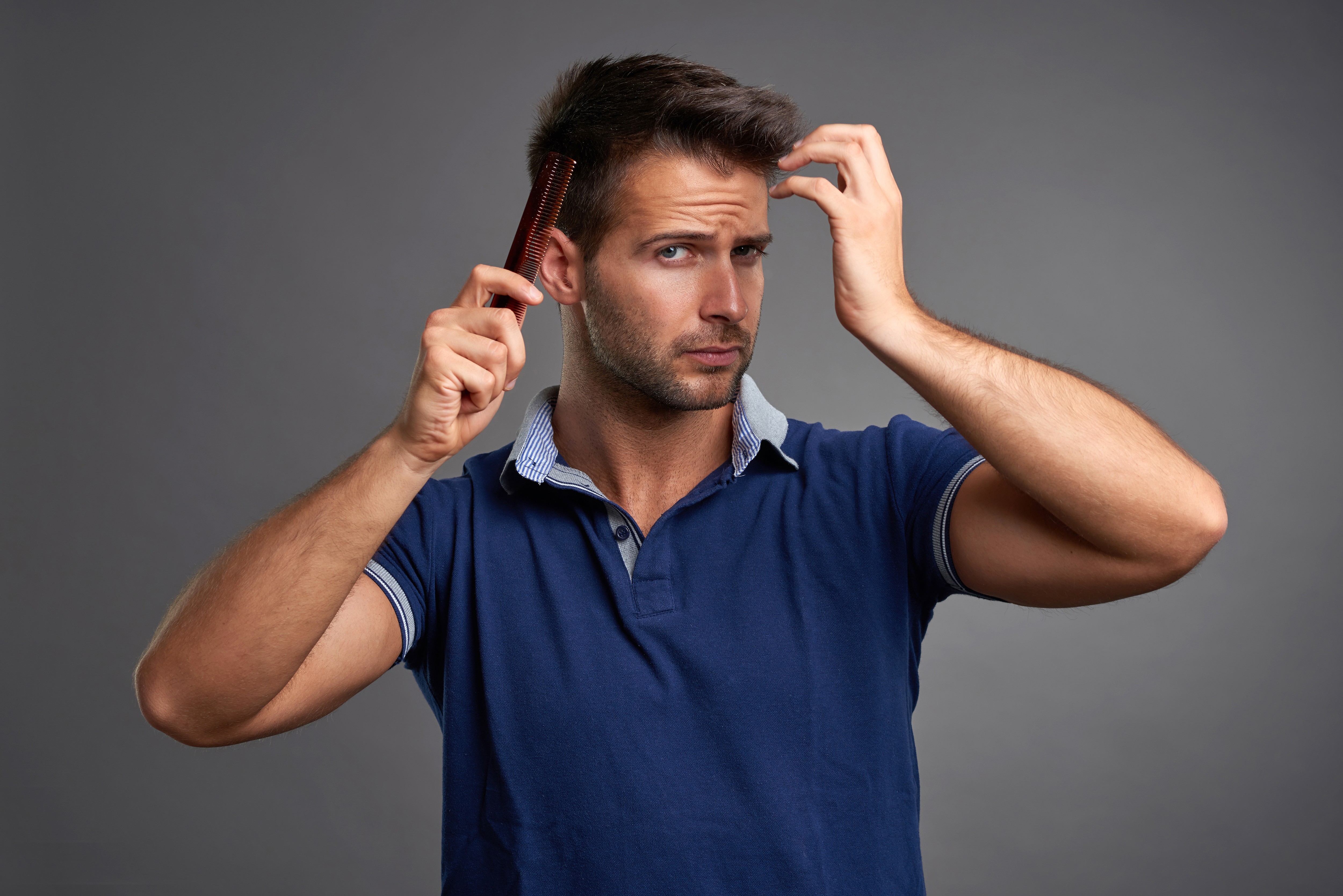
Nearly all hair system wearers have asked themselves this very question: Is it better to attach and detach the hairpiece daily or have a prolonged attachment? There are a lot of mixed messages when it comes down to answering this question. That is why it’s important to have access to the correct information. Attaching and detaching your hairpiece daily can actually have a negative effect on your system because of all the elements that come into place. Such elements include the chances of tangling, constant application of tapes and adhesives, and the daily stress on your scalp.
On the other hand, it’s not recommended to leave your hairpiece on for an extended amount of time. The adhesive used to keep your hair system in place will become a sticky mess after a long period of uninterrupted use. This gooey substance that once used to be your adhesive will start seeping through and eventually reach the hair on your piece. Once this occurs, you’ll not only have a tangled, sticky mess to clean, but you’ll have also caused great harm to your hair system.
What is the correct amount of time of uninterrupted usage? One would hope for a simple answer, but the reality is that it depends on many factors. What are these factors? Well, the material your hairpiece is made out of, current temperature and climate, the adhesive used to bond the hairpiece to your scalp, your skin type, how much your scalp sweats, and how often you would like to clean up your scalp and re-bond the hairpiece all contribute to the time of uninterrupted usage.
Typically, it is recommended that hairpiece users switch units or give maintenance to their units every two weeks to achieve a clean and natural look. There are many types of hair systems, some more delicate than others. That is why some can go more weeks with uninterrupted usage, while others have to undergo maintenance after just one week.
The Importance of Proper Storing!
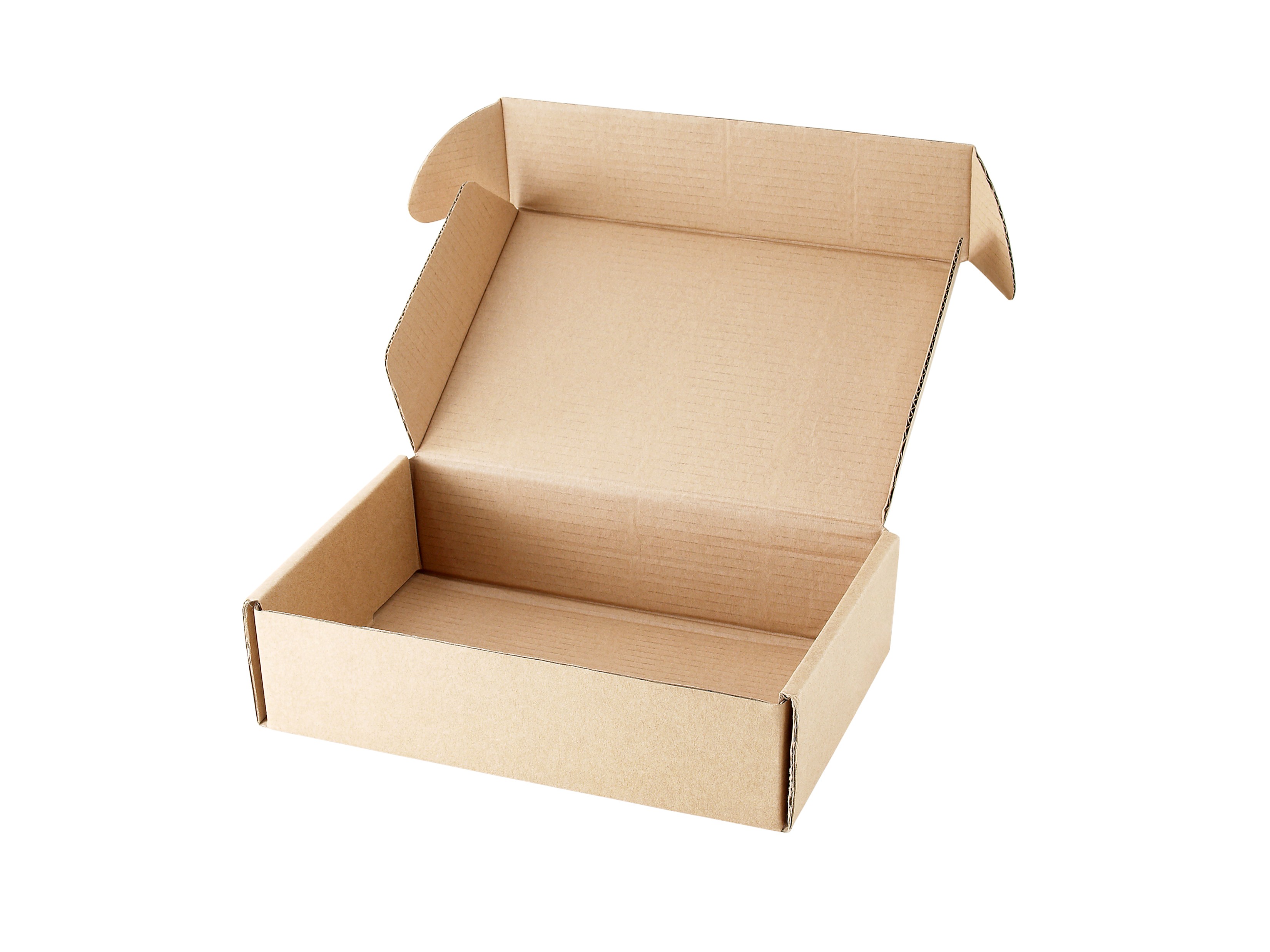
Natural hair is a very delicate thing. After all, there’s a reason why both men and women spend so much time and money taking care of it.
But, do you know what’s even more delicate than human hair? A hairpiece. Unlike natural hair, hairpieces can’t generate any oils to protect them from damage caused by prolonged sun or dust exposure. That’s why properly storing your hairpieces goes a really long way when it comes to maintaining your hairpiece’s natural, awesome looks.
You might be asking yourself, “What’s the big deal with how I store my hairpieces? Can’t I just throw them in some drawer in my closet and call it a day?” Well, technically yes, yes you could. But you would be doing yourself a huge disservice by doing so. Improperly storing your hairpieces can cause all of the following: damage from exposure, dust collection from an unsanitary area, and tangles from mixing up with other items.
Properly storing your hairpieces ensures that they’ll be ready to go whenever you need them. Forget about trying to figure out the way the base cap is supposed to face, about having to style and untangle your hair, or about having to wash your hair piece because it's riddled with a ton of dust.
Can I use my Hair System while Swimming?

Some of the most frequent questions about hair systems revolve around their usage during swimming activities. And for your information, going for a swim with your hairpiece is possible! Freshwater is by no means harmful to your hair system. Instead, it is the salt and chlorine that you find in pools and oceans that'll damage your hair system:
- Chlorine: Almost all swimming pools contain chlorine. Chlorine is a chemical used to clean the pool, but it is harmful to both natural and synthetic hair, alike, because it can’t distinguish between pollutants and other materials.
- Salt: If you've ever accidentally put too much salt on your food, you know how unbearably dry it makes your mouth. The same is true with its effect on your hair. Salt water will dry up your shiny, strong hair and make it dull, brittle, and vulnerable to damage.
But, this doesn’t mean that you can’t swim in the pool or the beach. Our mission here at Advent Hair is to allow you to do all of the wonderful things you could do when you had your natural hair. But to do those activities, there are certain things you must do, before, to ensure the best treatment for your hair system:
Never wear one of your favorite wigs when you know you might end up at the pool or the beach! Instead, get yourself a wig that you'll wear anytime there's a chance you'll go for a swim. This hair system will experience more wear and tear at a much faster pace than your regular, non-swimming hair system, so don't waste your money on an extremely high-quality one. This wig can be synthetic hair or human hair, either material is fine.
Just because you expect this wig to experience more damage, that doesn't mean you shouldn't take care of it! Though it'll have a shorter lifespan than your normal wigs, you can prolong that lifespan and keep it looking as good as possible, with proper care. Conditioners and leave-in conditioners can save you here by keeping your hair moisturized and protected from over-drying.
For synthetic hair, Velvasil leave-in conditioner is a great option for keeping your hair system moisturized and protected from the sun. Vivace is also an excellent leave-in conditioner option that provides all of the same benefits and works on any type of hair.
Anytime you're considering going to the pool or beach, you need to make sure you're using an adhesive that is waterproof. Because you only need your swimming wig to hold for a short amount of time, it's important that you don't use a max adhesive that can last for weeks. A great adhesive for pool and beach days is Walker Liqui-Tape Adhesive Brush, as it is waterproof and provides a strong hold, but is only intended to last 1-3 days.
Download Our Free Transgender's Buyers' Guide
Sun Exposure!

Most hair system wearers aren’t sure if they can do physical activities and be out in the sun for long periods of time. Reality is, there’s no reason why you can’t. It’s true that the oxidation process can damage your hair system, and that’s why you need to take the proper steps to protect it.
Oxidation is a chemical reaction that occurs anytime your hair system is exposed to both oxygen and harmful ultraviolet rays (also known as UV light) at the same time. When these UV light rays make contact with the oxygen molecules that are on your hair system, they affect the color hues of your hair system.
In simpler words, that means that anytime you’re in the sun, oxidation, very slowly but surely, damages the outer layer of the hair shafts on your hair system. Oxidation causes your hair to turn from its original color to a more brassy, red color.
That’s where UV hair system protection comes in play. Whether it comes in the form of a protection spray, or a leave-in conditioner, UV protection will make sure to keep oxidation at bay by making sunlight bounce off of your awesome-looking hair system.
An added bonus of leave-in conditioners is that they are great at moisturizing your hair system, so they help repair sunlight damaged hair systems.
Throw a color-correcting shampoo into the mix, like PPI’s Coloring Correcting Red Out Shampoo, and you’ll have a natural looking hair system again in no time.
Visit Our Blog for More Information!
There are many products available at our online shop that are ideal for hair system maintenance. A hair system is a huge investment, but the time and money you invest are nothing compared to the emotional benefits you’ll receive. The way our hair looks plays a fundamental part in the way we look and feel as a whole. So, something that is so personal and important to us should be treated with care and respect.

